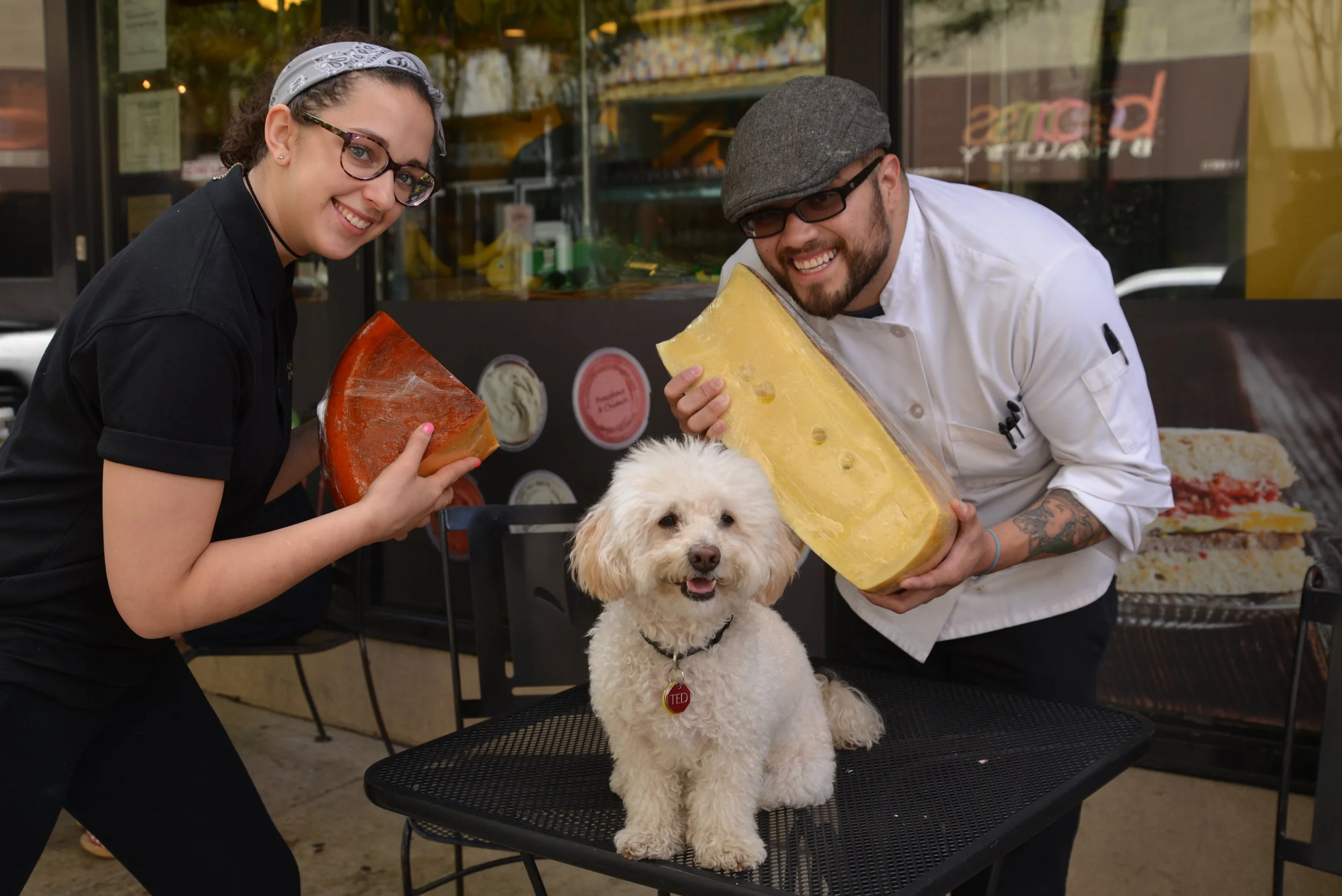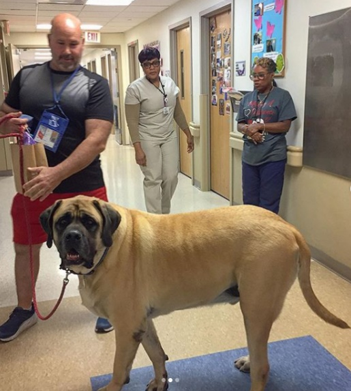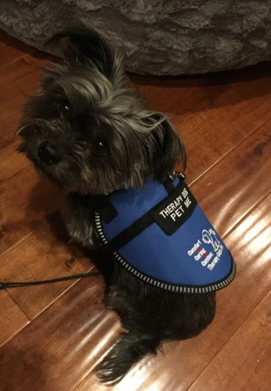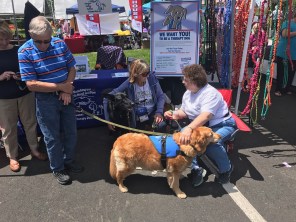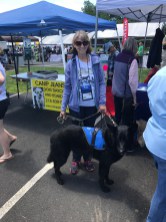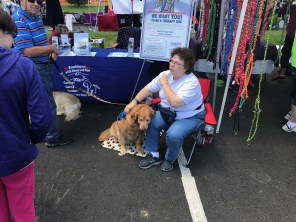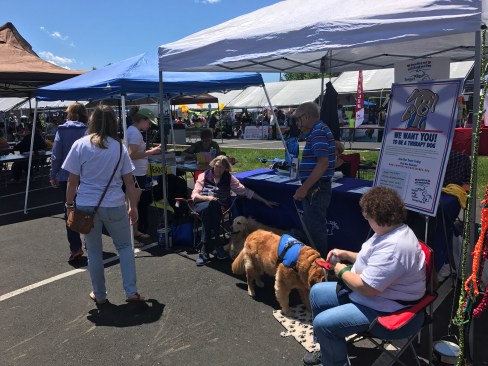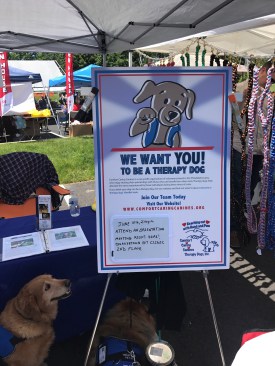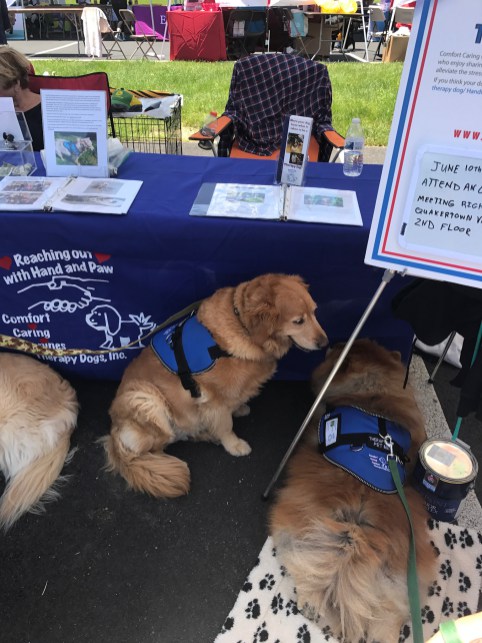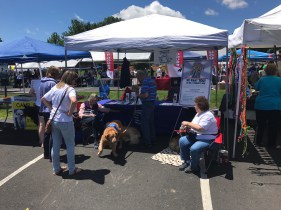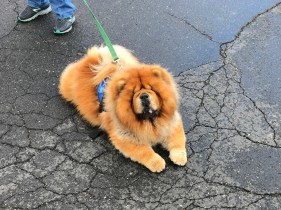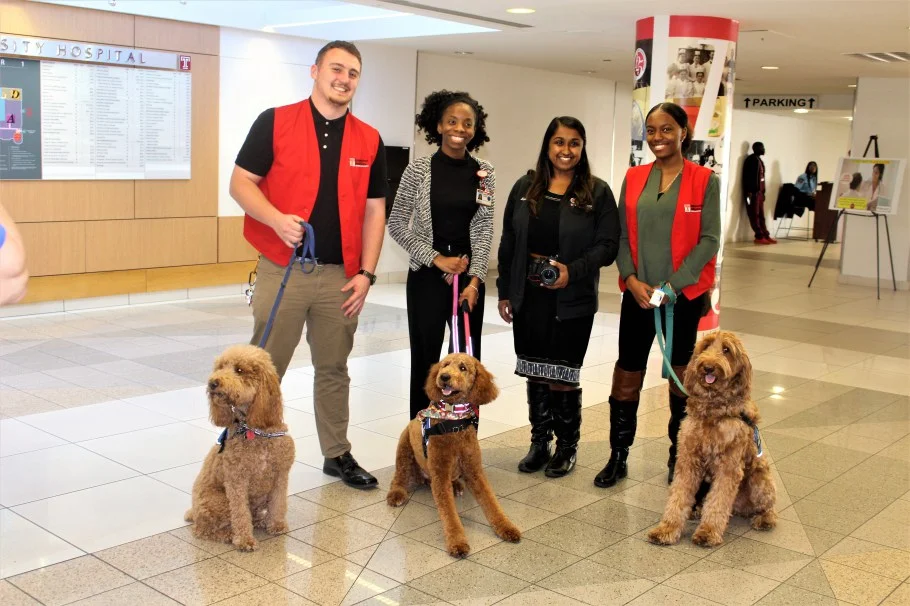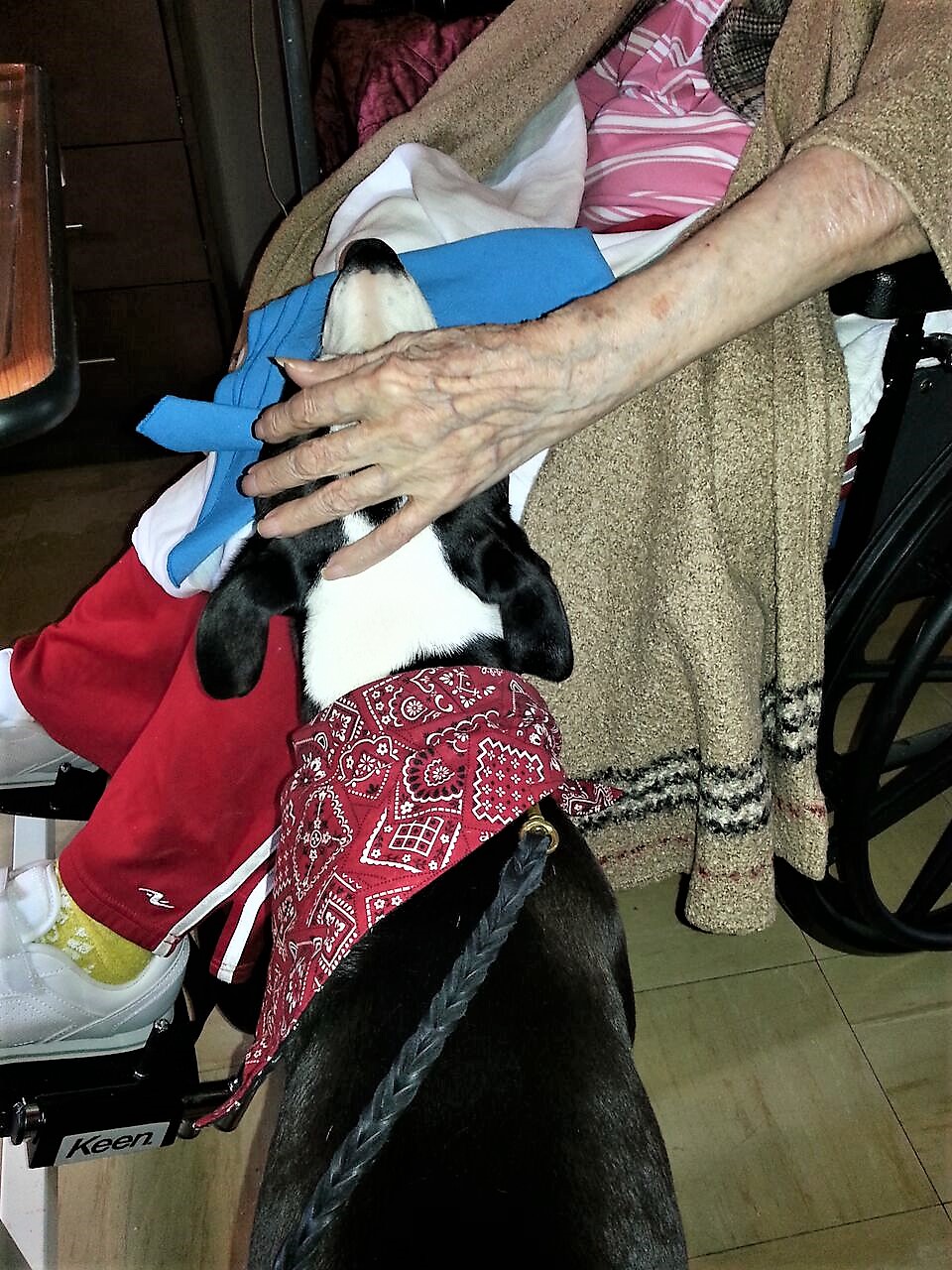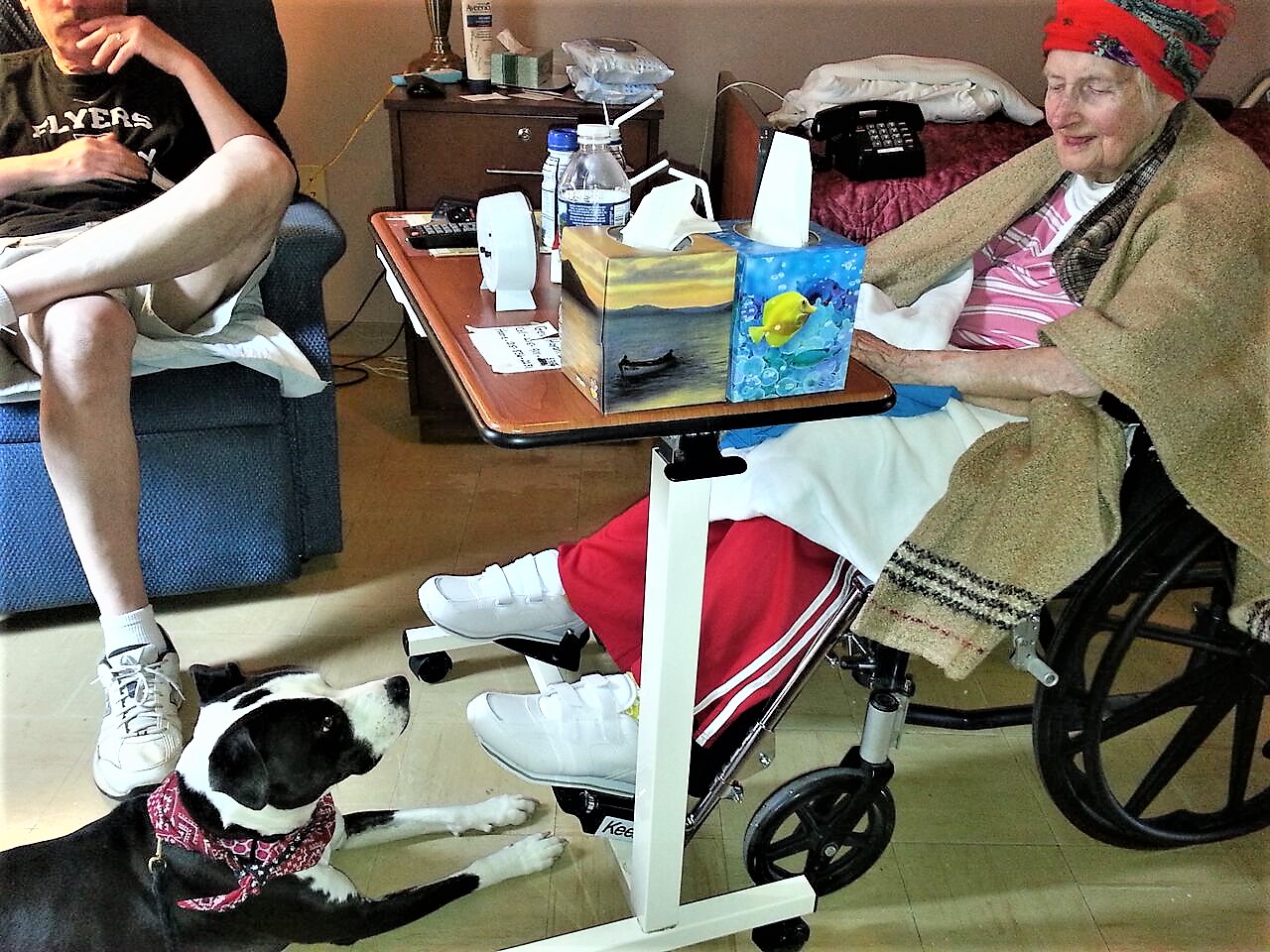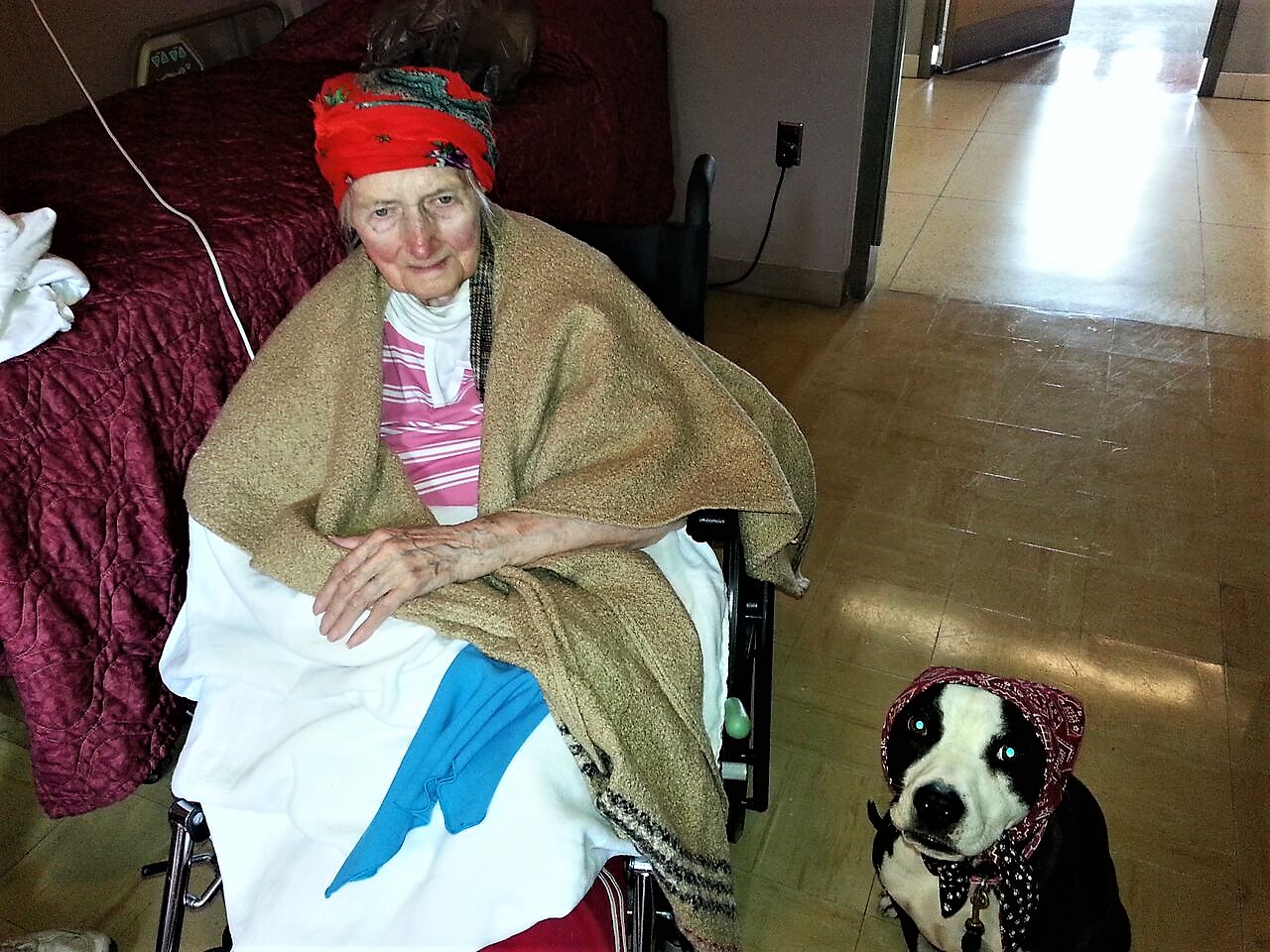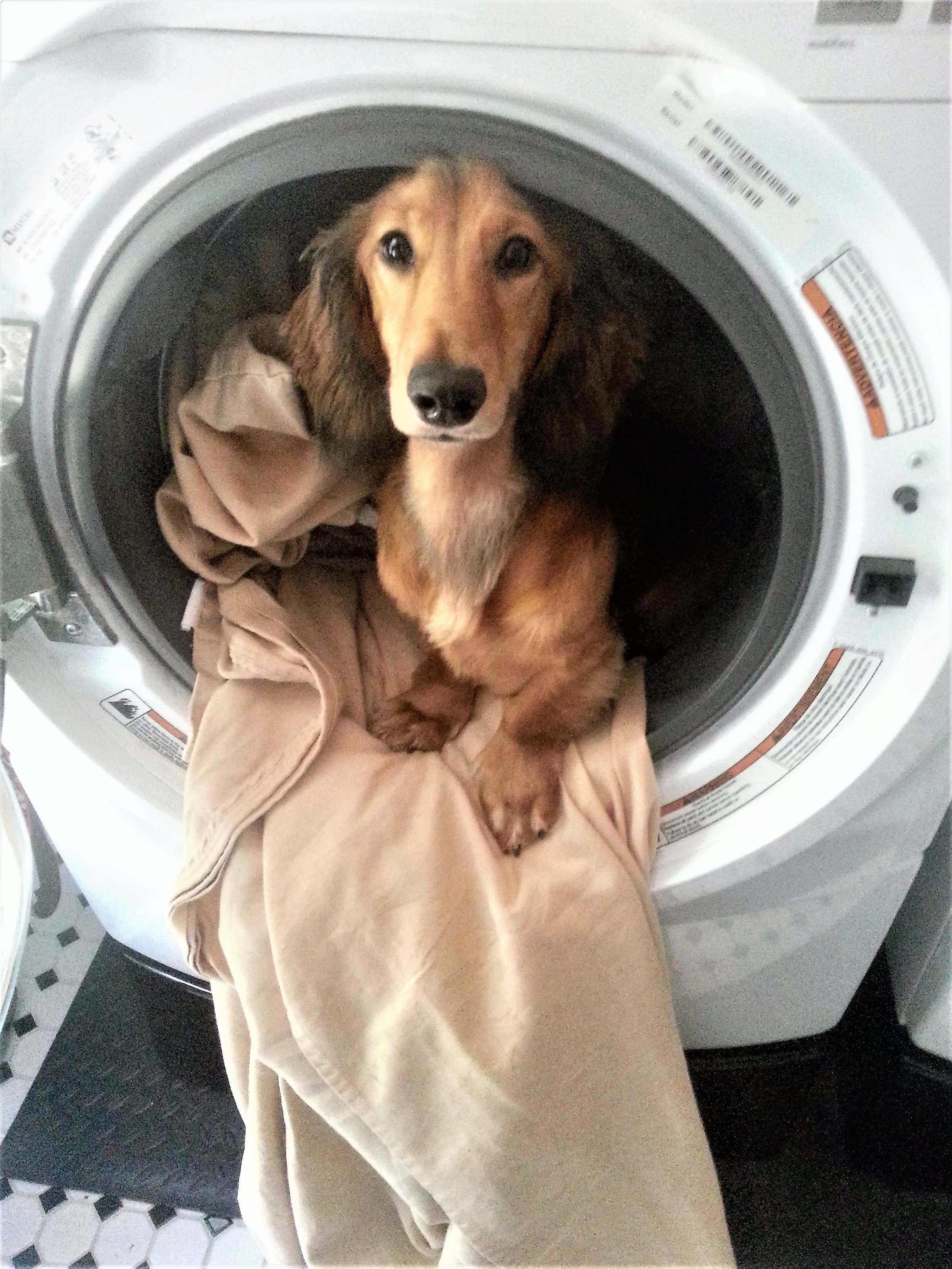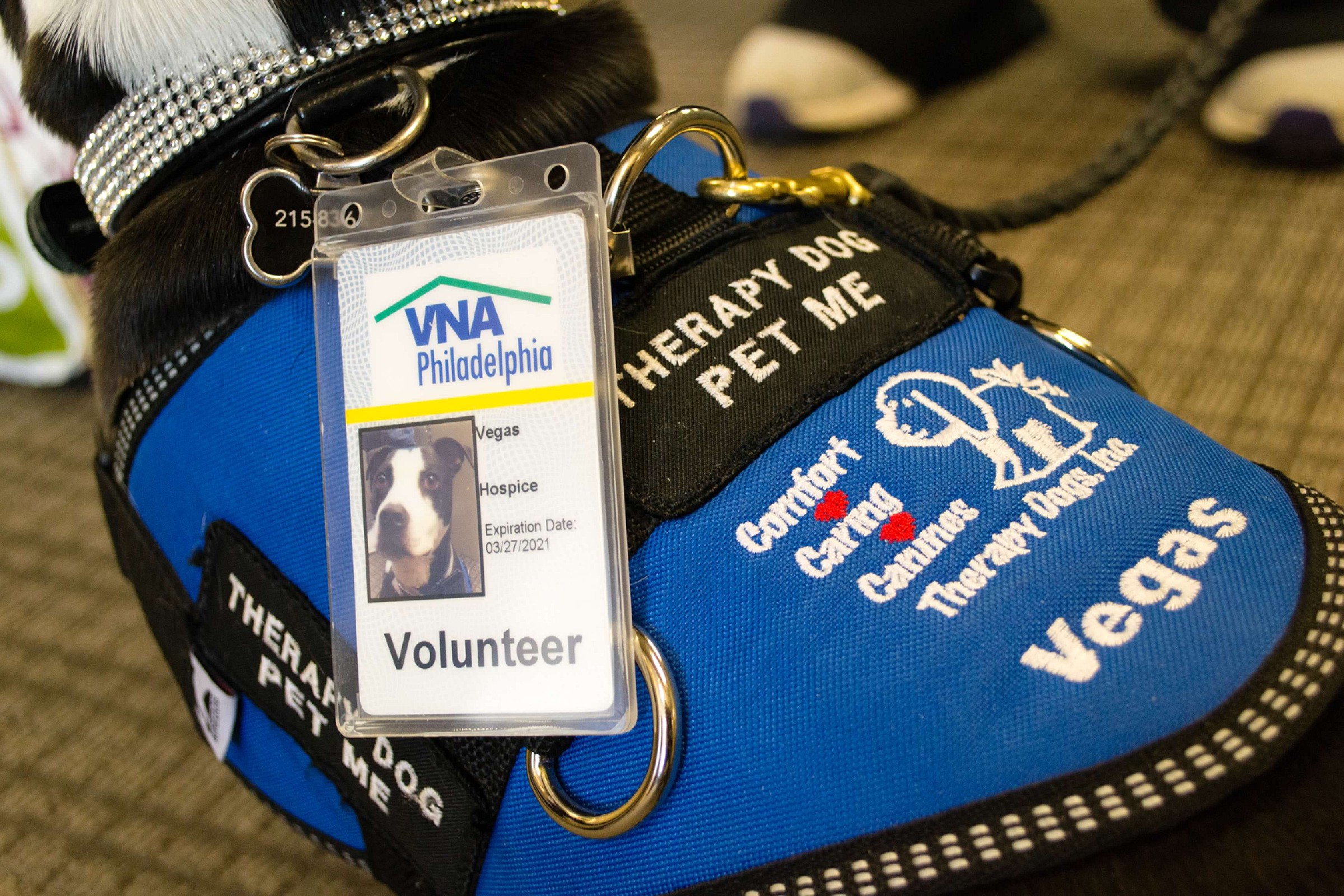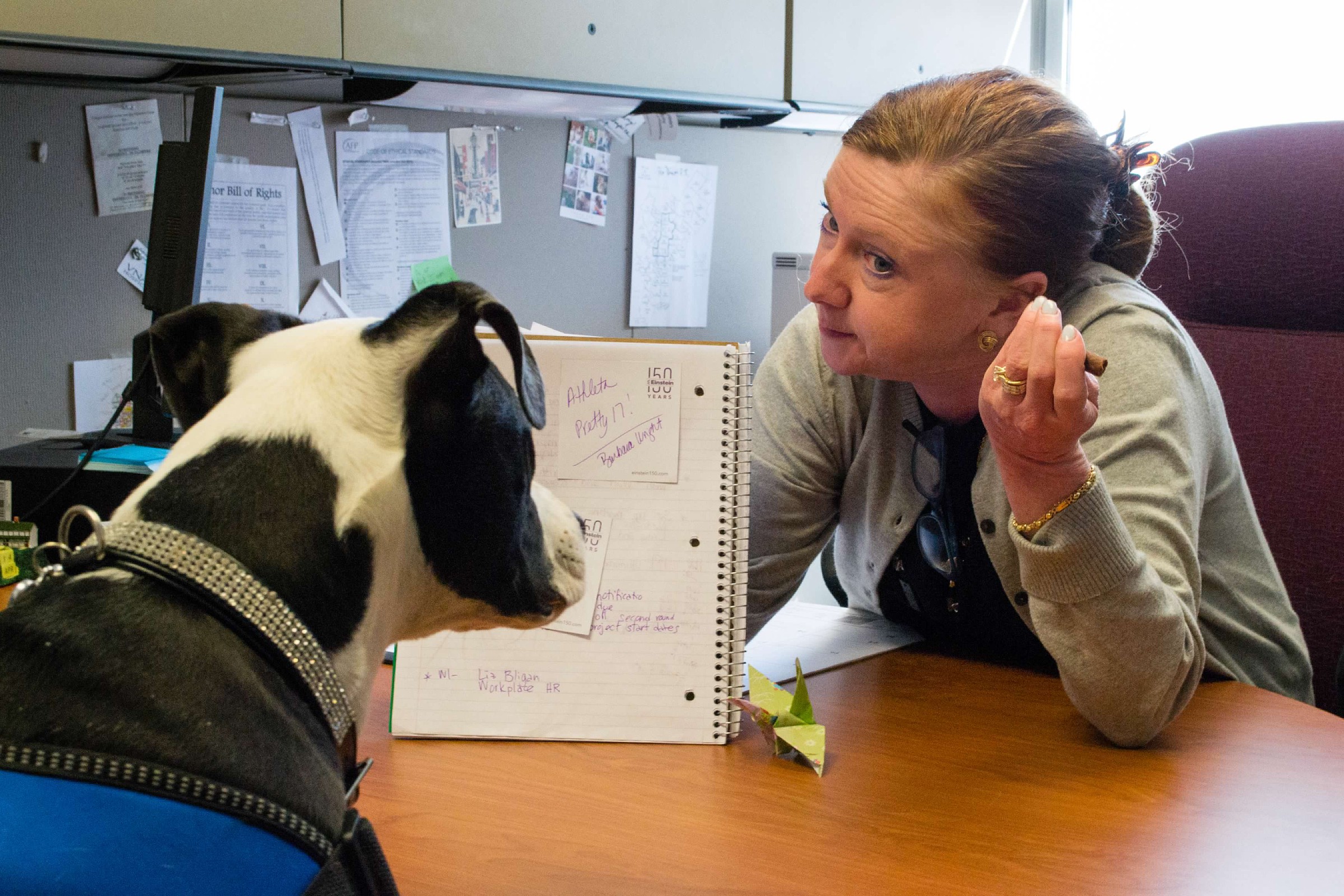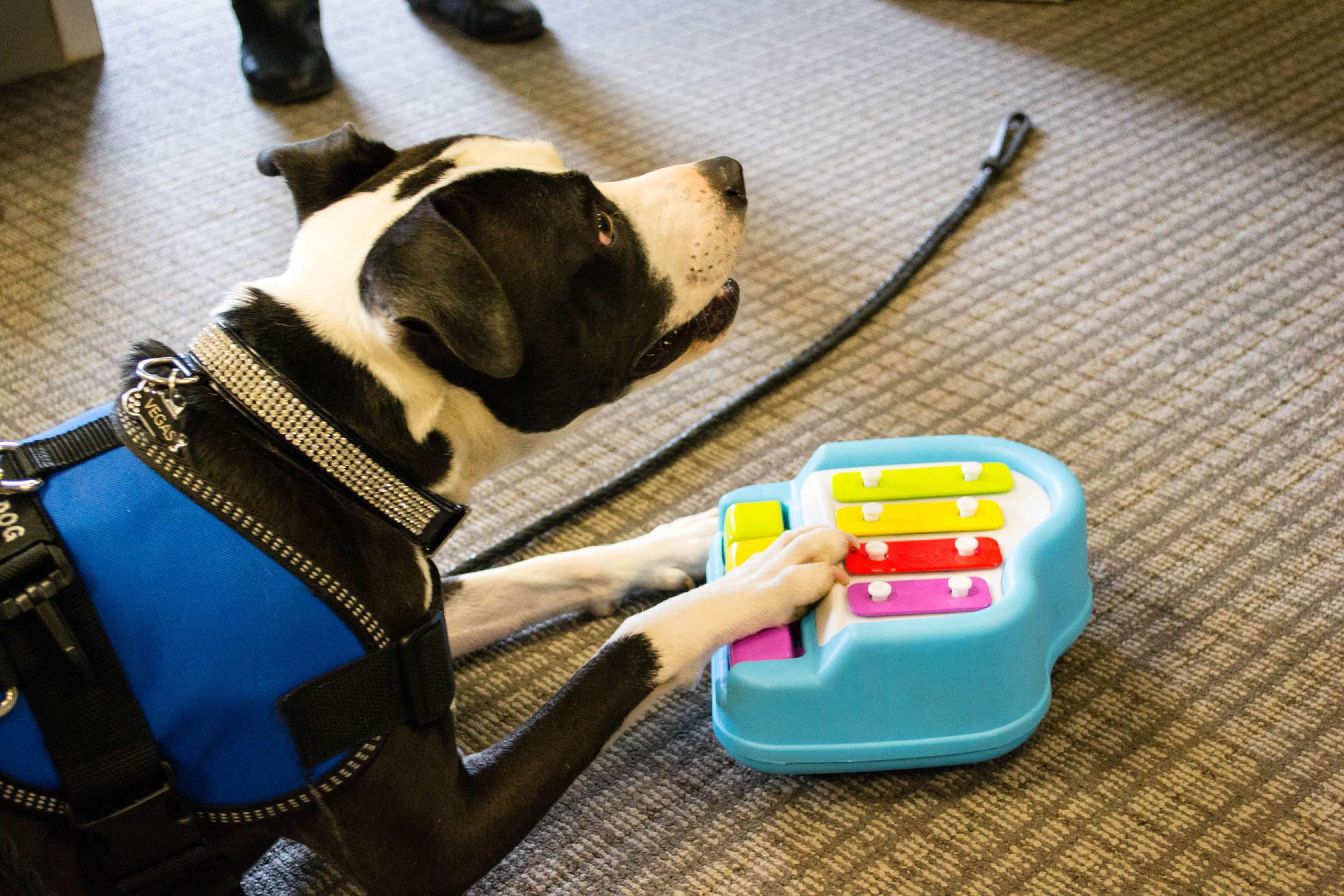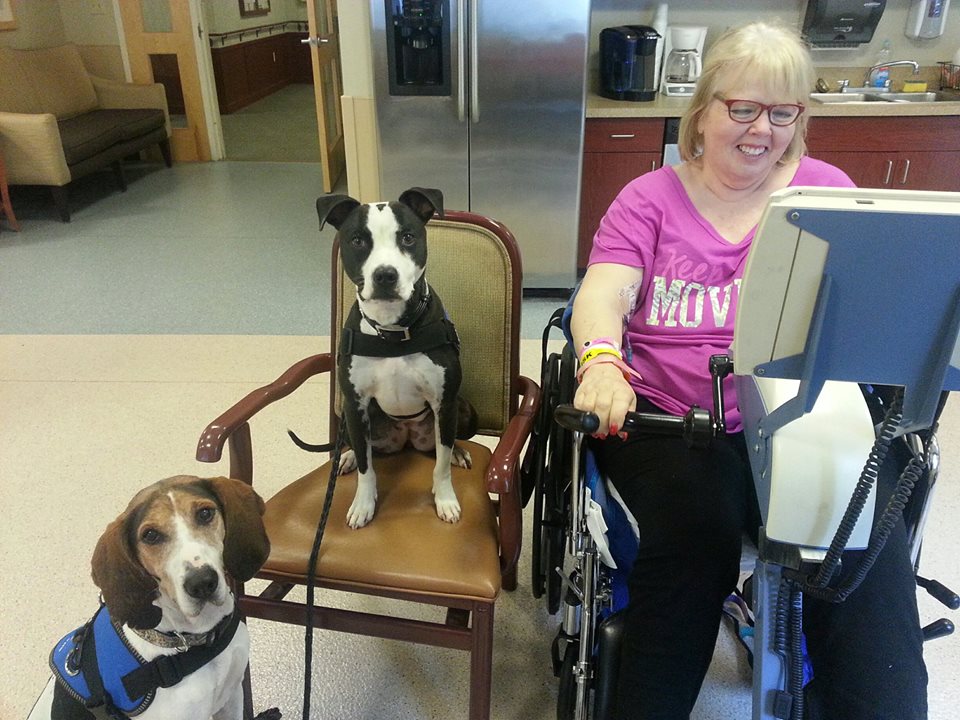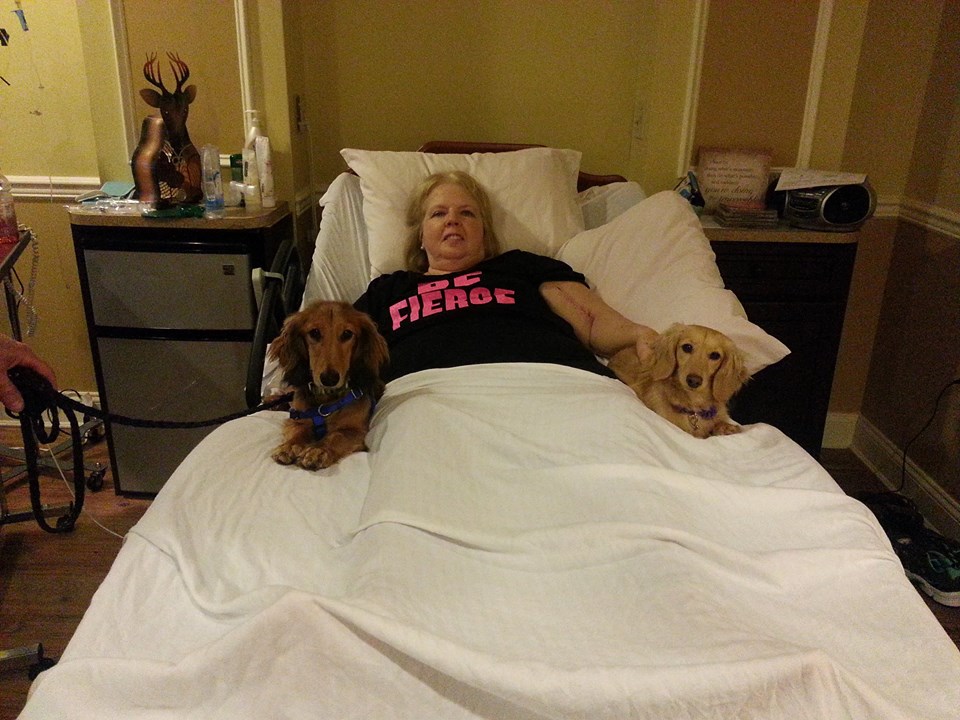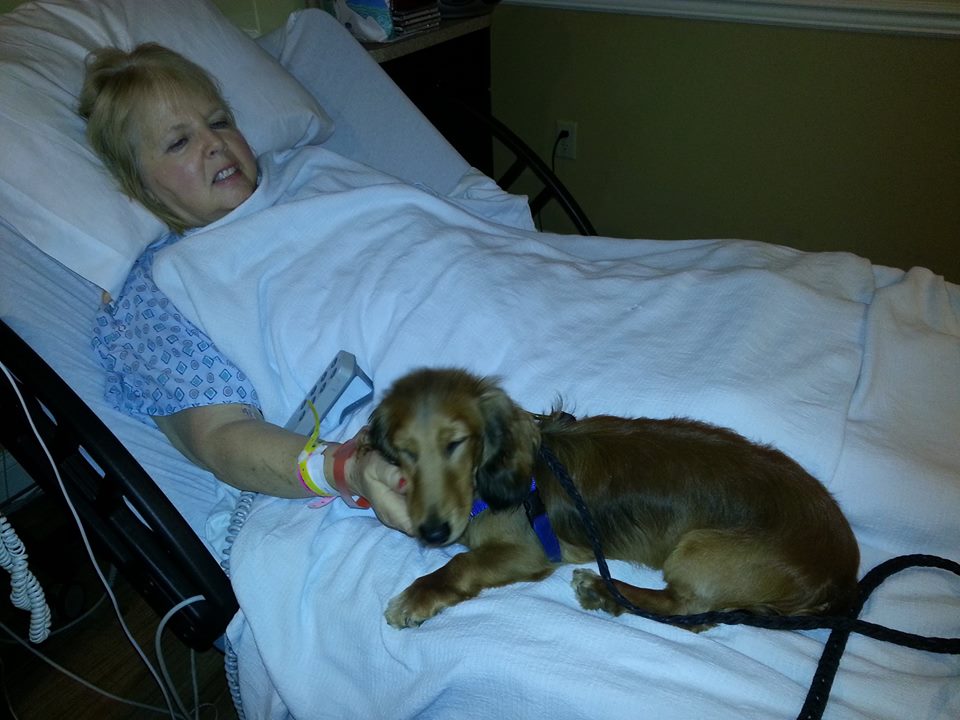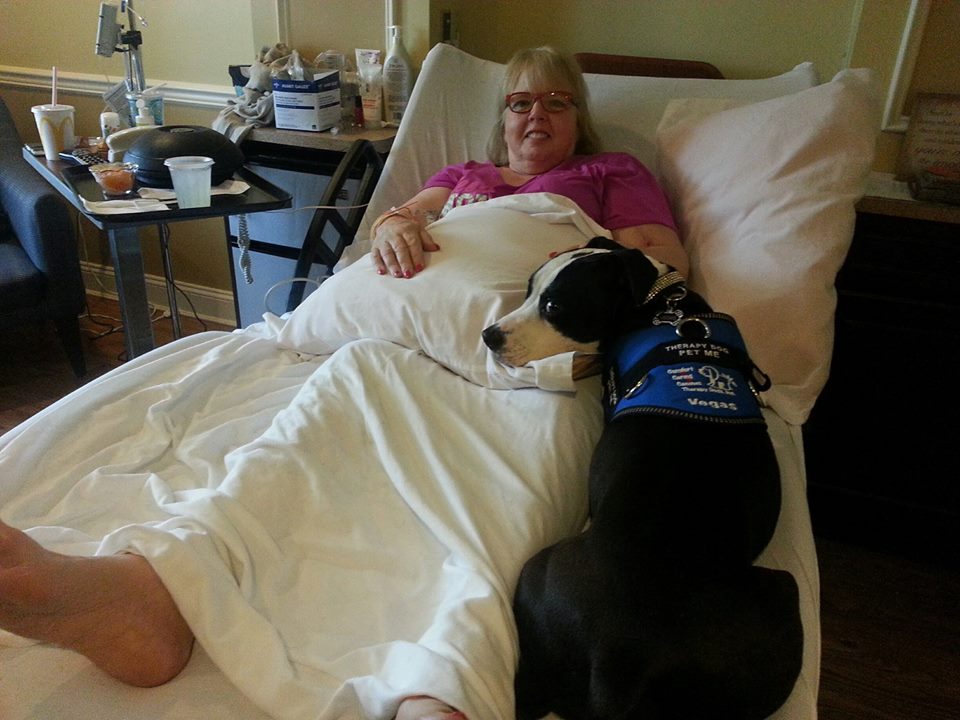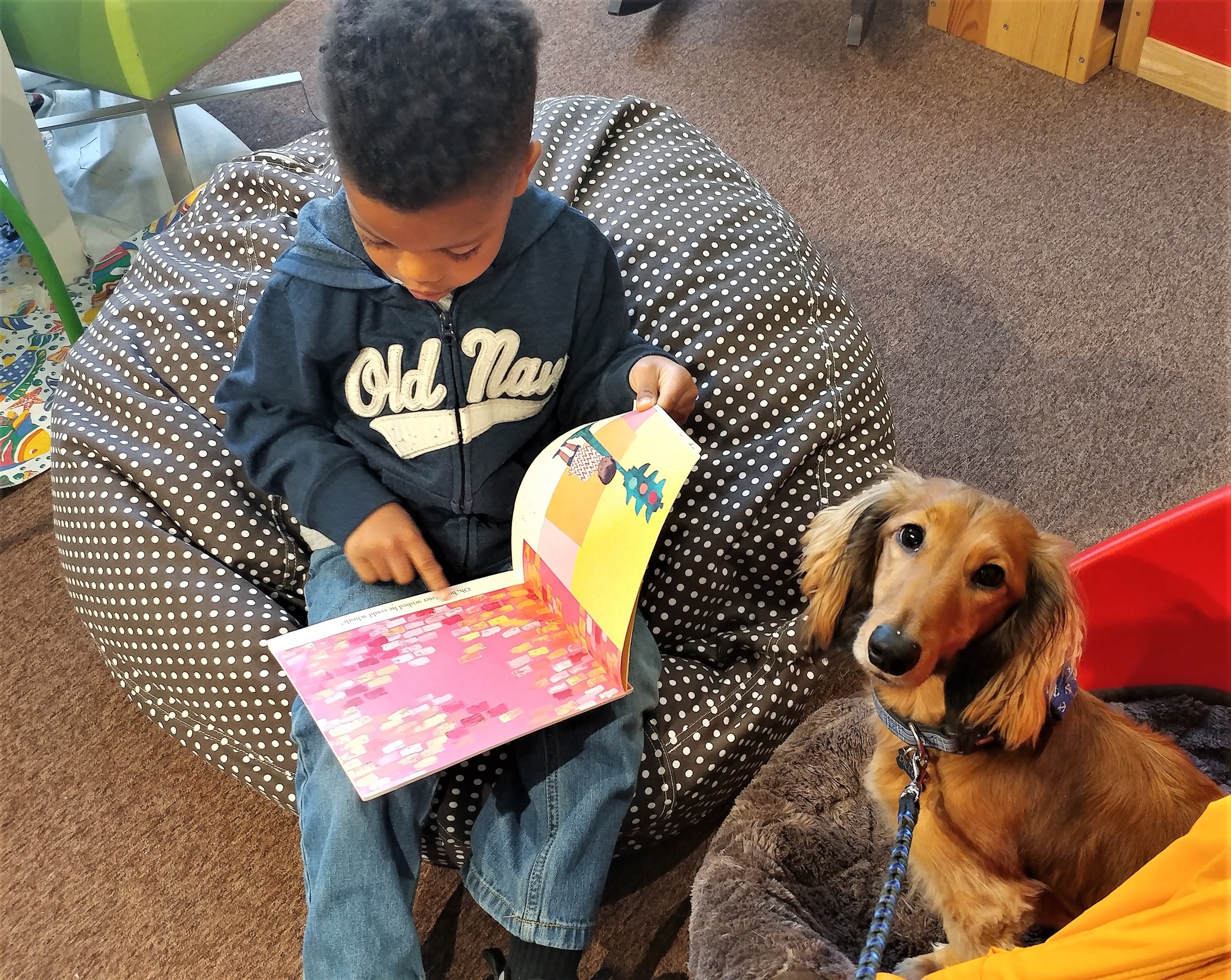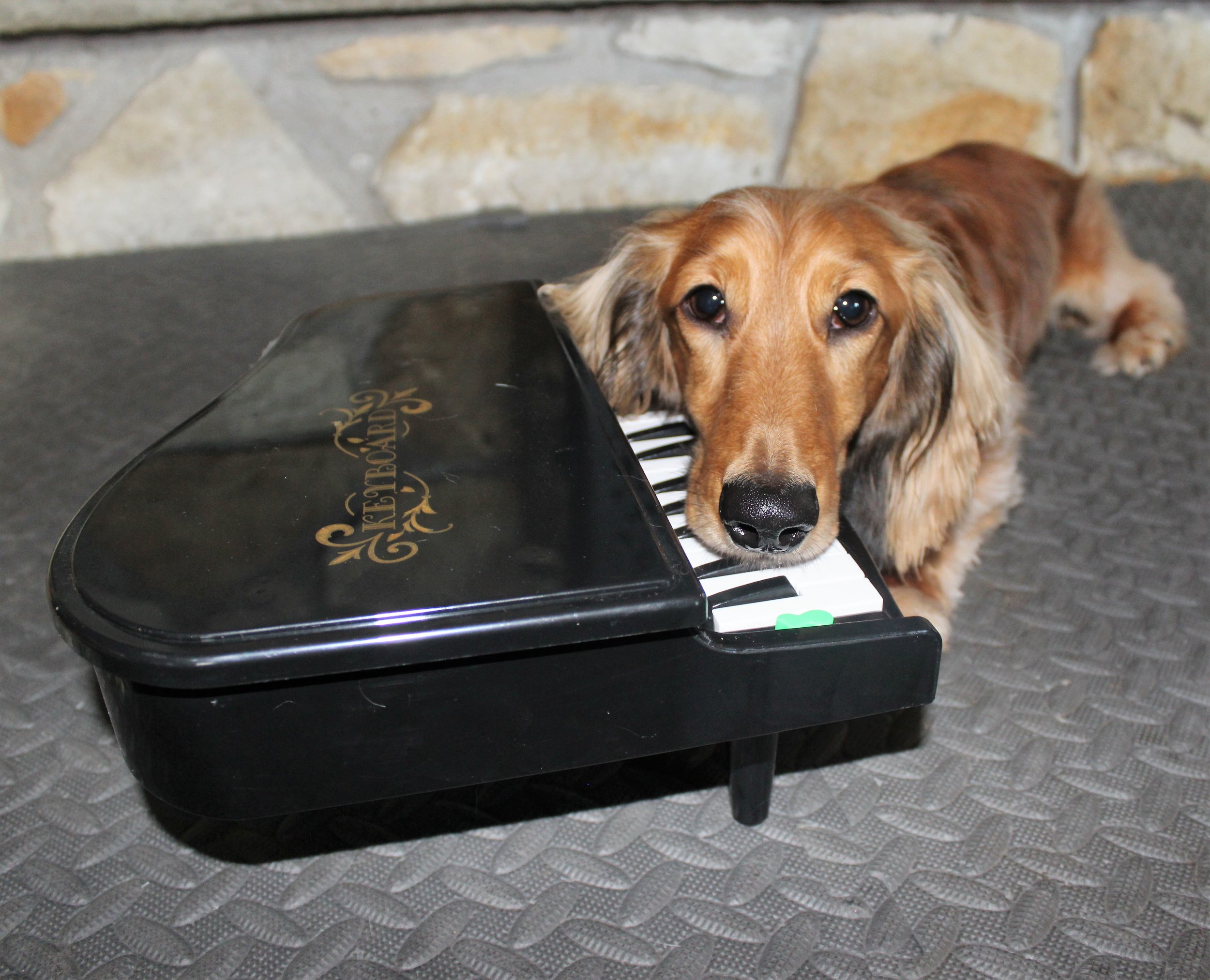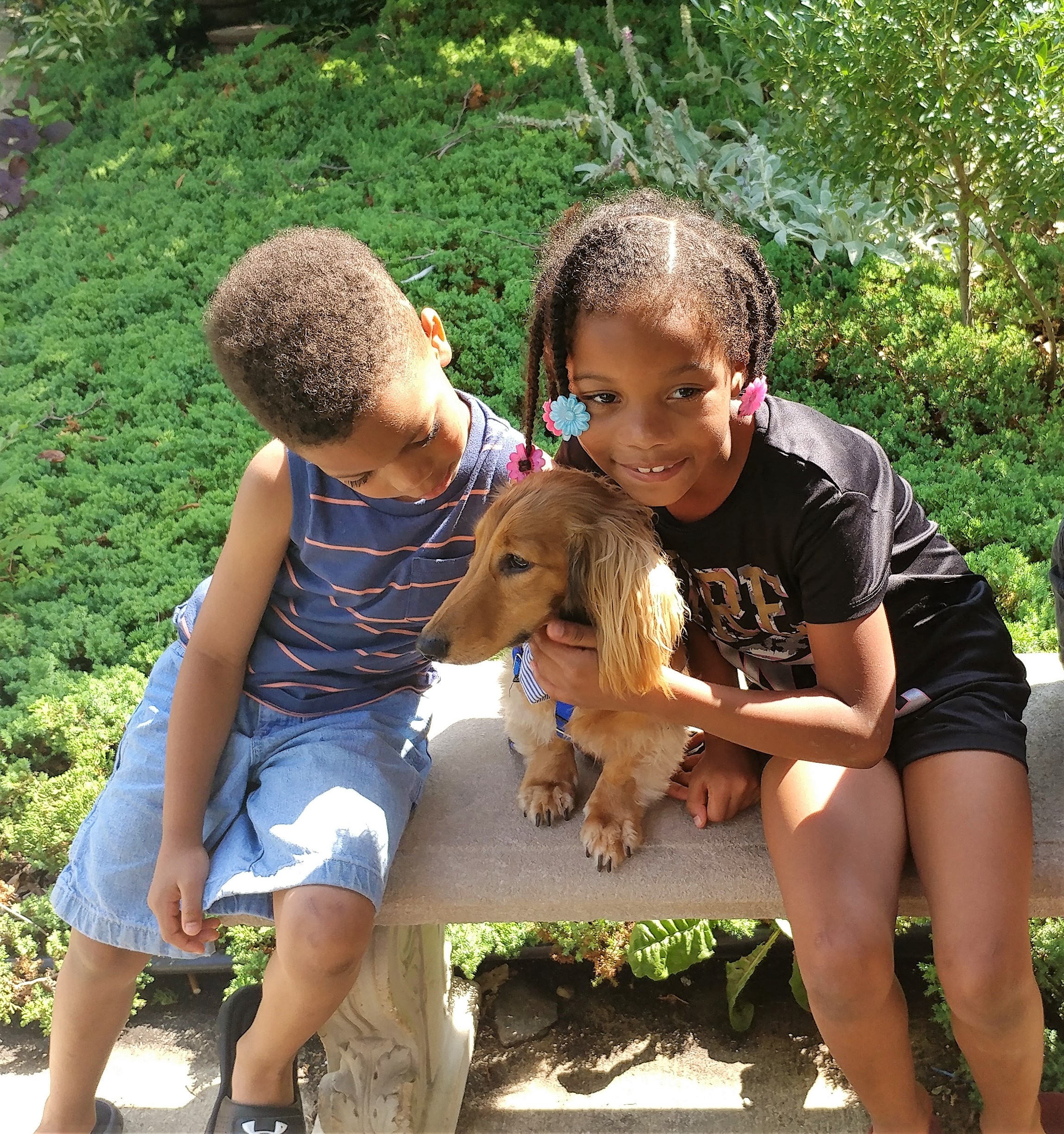Comfort Caring Canines prioritizes the health and safety of our volunteer handlers, their dogs, and the communities we serve. As of March 11, 2020, all therapy dog visits are suspended until further notice. Based on the available information about the COVID-19 virus, we feel this is the best decision for all involved.
The Comfort Caring Canines Board of Directors will continue to monitor the news and updates provided by credible organizations including the Centers For Disease Control and Prevention and the American Veterinary Medical Association.
We will share updates as appropriate and inform our members and facilities when visits will be allowed to resume.
Below we have provided a summary of available information about COVID-19 and will continue to provide updates as information becomes available.
What is coronavirus?
According to the World Health Organization (WHO), “Coronaviruses are a large family of viruses which may cause illness in animals or humans. In humans, several coronaviruses are known to cause respiratory infections ranging from the common cold to more severe diseases such as Middle East Respiratory Syndrome (MERS) and Severe Acute Respiratory Syndrome (SARS). The most recently discovered coronavirus causes coronavirus disease COVID-19.”
COVID-19 was discovered after an outbreak that began in Wuhan, China in December of 2019. The Centers for Disease Control & Prevention (CDC) have the first recorded case of COVID-19 in the US showing up on January 21, 2020.
Because this is a newly discovered virus, the current understanding of how it spreads is based on knowledge of other coronaviruses. It is believed to be spread from person to person via respiratory droplets that are formed when an infected person coughs or sneezes. These droplets can land in the eyes, mouth, or nose of another person or be inhaled into the lungs.
People are believed to be the most at risk of contracting COVID-19 when exposed to those who are actively expressing symptoms or someone who has recently traveled to a known affected area. Symptoms of COVID-19 are similar to the flu, which include fever, cough, shortness of breath, and vomiting.
Precautions to take to prevent coronaviruses
Avoid contact with people who are sick
Don’t travel or go to work when you’re sick
Wash your hands frequently for at least 20 seconds with soap
Use hand sanitizers containing 60%-90% alcohol to kill bacteria
Avoid touching your eyes, nose, and mouth
Use a disinfectant on objects that many people frequently use or touch like doorknobs, keyboards, and telephones
If you have symptoms consistent with Coronavirus or COVID-19 specifically contact your doctor
If you are sick, you can wear a face mask. The CDC doesn't require that the general public wear face masks.
Follow the CDC, WHO and credible medical sources for updates on the outbreak as more information is available, we will update this blog post as we get more (credible) information.
Can my dog get COVID-19?
Per the American Association of Veterinary Medicine’s Website: “According to the U.S. Centers for Disease Control and Prevention (CDC), no animals in the United States have been identified with the virus, and there is no evidence that dogs or other pets can spread COVID-19.
The CDC recommends that people who are sick with COVID-19 restrict contact with pets and other animals, just like you would restrict your contact with other people. When possible, a member of the household other than the individual who is ill should care for any animals in the household. Those infected with COVID-19 should avoid contact with animals, including petting, snuggling, being kissed or licked, and sharing food. Those who must care for a pet, or who will be around animals while sick, should wear an appropriate facemask and wash hands thoroughly before and after interacting with those animals.”
Further Information
To stay up to date on information available about COVID-19:
Centers for Disease Control and Prevention
American Veterinary Medical Association
Pennsylvania Department of Health

